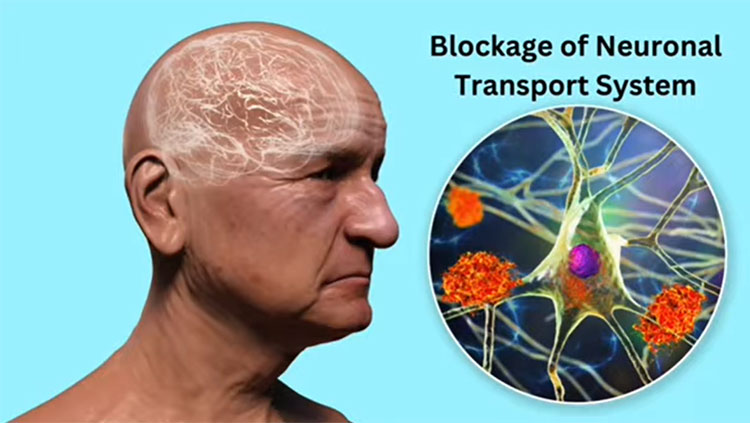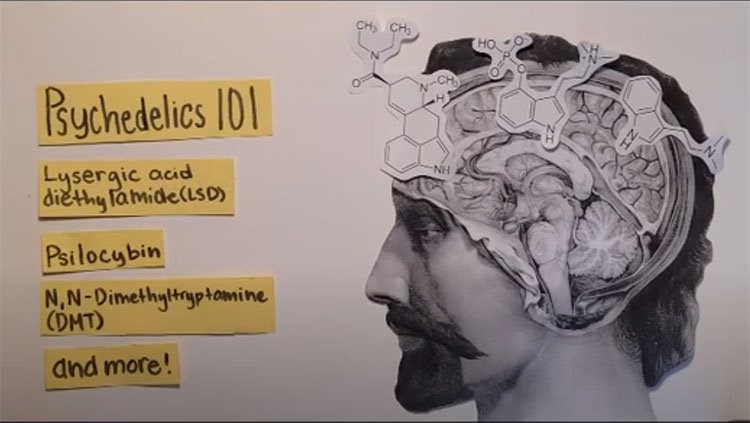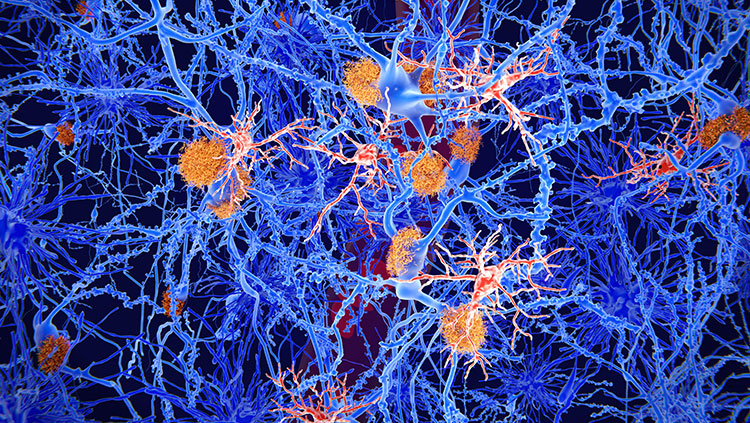An Insider's Look: Alzheimer's Disease
- Published18 Sep 2019
- Source BrainFacts/SfN
Every three seconds, someone in the world develops dementia. The most common form of dementia, Alzheimer’s disease, affects 47 million people and creates a significant financial burden. There is currently no cure or effective treatment for Alzheimer’s but spreading awareness and knowledge of the disease can bring science one step closer to unraveling its mysteries.
This video is from the 2019 Brain Awareness Video Contest.
CONTENT PROVIDED BY
BrainFacts/SfN
Transcript
Alzheimer’s is perhaps the most complex neurological disorder affecting cognitive function and memory, as it was discovered about a century ago by German neuropathologist, Alois Alzheimer. But even today it remains a mystery, as we’re unsure about what is involved in this disease though we believe the main culprits are beta-amyloid and tau.
Let’s start off by taking a look at beta amyloid. Normally APP, or the amyloid precursor protein, is cleaved by alpha then gamma-secretase and these remaining filaments are digested in the proteolytic pathway. However, in Alzheimer’s disease, APP becomes cleaved by beta-secretase instead, then by gamma, isolating beta amyloid.
This causes oligomerization which, in turn, is just a fancy word for accumulation. As peptides build up, they form what we call a senile plaque. Now in our brains, we have neurons which are just our basic building blocks and the junction between two neurons is a synapse. Senile plaques attach themselves to the synapse to cause immense neuronal damage, all of which is initiated in the hippocampus explaining
why this disease affects memory.
Now let’s take a look at tau protein inside of a neuron. We have microtubules, which provide nutrients and are stabilized by a variety of proteins including tau, but in Alzheimer’s disease, hyperphosphorylation occurs, or hyper meaning high amount and phosphorylation meaning the addition of a phosphoryl group. This process occurs in tau proteins but to visualize this let’s take a look.
Our microtubule over time becomes destabilized forming what we call a neurofibrillary tangle causing the neuron to also shrivel up with such horrifying consequences of Alzheimer’s disease. What can we even do about it currently?
There’s no cure but inhibitors may prevent beta-amyloid buildup. Light stimulation may boost brain functionality and nutrition and exercise may prevent the occurrence of these pathologies. If we don’t strike now then by 2050 the prevalence of Alzheimer’s can triple and with the increased demand for a cure the burden is ultimately on our shoulders.
Also In Alzheimer's & Dementia
Trending
Popular articles on BrainFacts.org

















